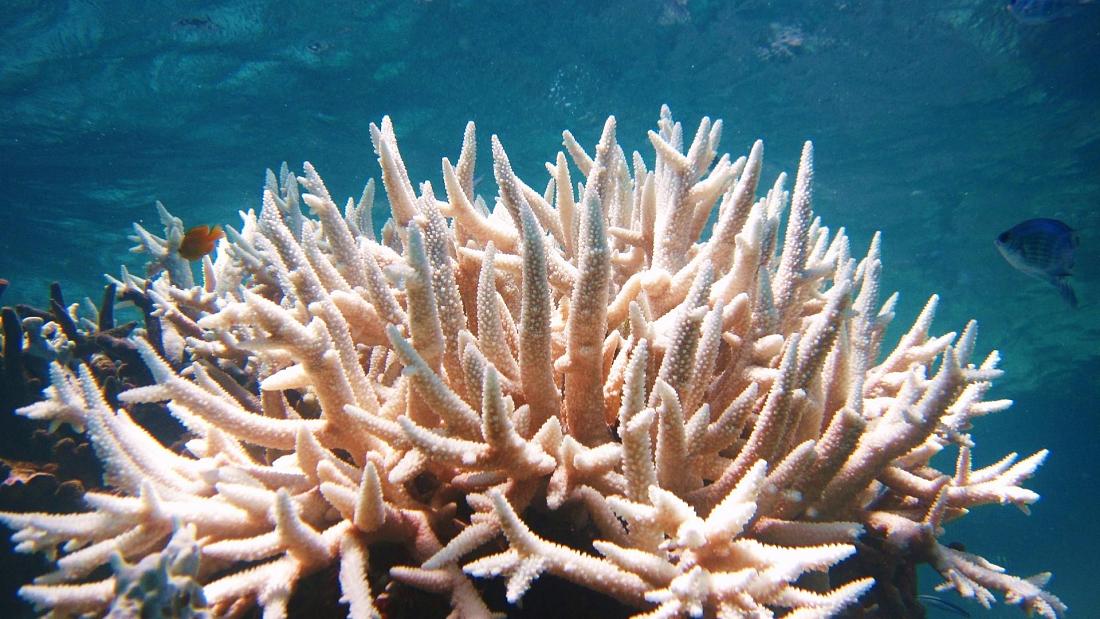
❄ Trapped methane – less of a problem than previously perceived
How large the methane emissions become when the permafrost melts varies greatly depending on how deep the permafrost is.
Share this story!
There is a lot of methane gas trapped in the permafrost, and a major concern is that huge amounts of this powerful greenhouse gas will be emitted if climate change thaws the ground. But now, research from the University of Gothenburg shows that warmer climates can even lead to lower methane emissions in some cases.
What the researchers discovered is that different areas in the Arctic are affected in different ways by elevated temperatures. Most other studies on methane gas and permafrost have looked at carbon-rich areas with very deep permafrost. But 87 percent of the entire Arctic landmass instead consists of mineral soils, and the emissions there will be different.
"Much of our knowledge about methane emissions [that occur] when permafrost thaws comes from carbon-rich areas in the Arctic that generate large emissions of greenhouse gases. Our study, on the other hand, was done in mineral soils near Abisko and there we saw a tenfold reduction in methane emissions when we compared areas where thawing took place 15 to 25 years ago", says Mats Björkman, researcher at the University of Gothenburg and one of the researchers behind the study, in a press release .
The reason for the somewhat surprising result lies in two microbial processes. On the one hand, we have the production of methane, which requires oxygen-poor, preferably wet, environments. On the other, the consumption of methane in oxygen-rich environments, for example near the ground. A relatively small change in soil moisture in the uppermost centimeters can affect emissions and even change emissions to methane uptake from the atmosphere.
In other words, when the permafrost disappears, the surface layer of the soil can become drier. This means that plants such as Hare's-tail cottongrass, which thrive in wet environments and emit a lot of methane, are reduced, and this, in turn, leads to lower emissions of methane.
"When the permafrost's ice cap in the ground disappears, it's like emptying a bathtub. The groundwater sinks and the shallowest soil layers dry up", says Mats Björkman.
This study shows that previous results don't apply to all locations with permafrost.
"Our research shows that emissions from areas where permafrost thaws aren't the same everywhere. The findings are an important part of gaining a more comprehensive picture of the climate impact in the Arctic. Our results also show that it is important to include hydrological, vegetation and microbial changes when studying the long-term effects of the permafrost thawing and being gone", says Mats Björkman.
The researchers want to point out that this does not mean that we can relax when it comes to reducing our impact on the climate.
"The best way to slow down the greenhouse effect is still for humanity to reduce its greenhouse gas emissions", says Mats Björkman.

By becoming a premium supporter, you help in the creation and sharing of fact-based optimistic news all over the world.



